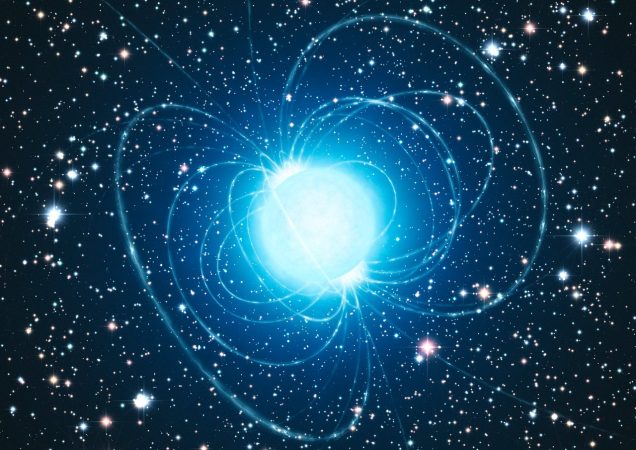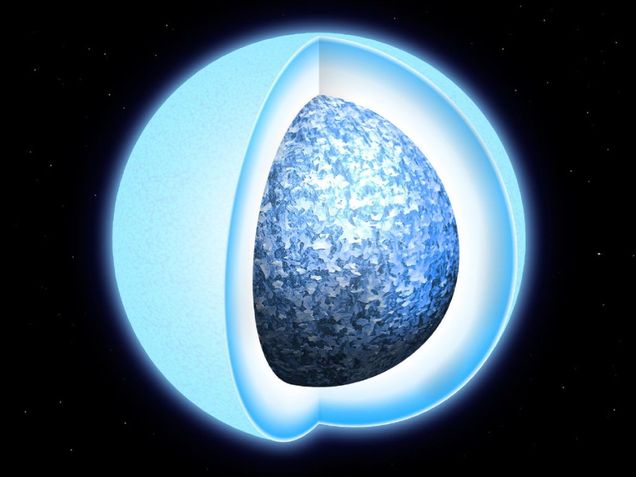The BU White Dwarf Group

Welcome to the home page of the BU White Dwarf group, headquartered a few blocks from Fenway Park in Boston, MA, USA.
Our research focuses on white dwarf stars and their connection to the endpoints of stars, binary, and planetary systems. Our work is supported by Boston University, the Institute for Astrophysical Research, the National Aeronautics and Space Administration (NASA), the National Science Foundation (NSF), and the Massachusetts Space Grant Consortium.
Recent news and group updates:
Research updates can be found below and on the news page.
A puzzling, fast-spinning white dwarf with emission

In May 2020, collaborators led by PhD student Josh Reding at the University of North Carolina at Chapel Hill published in The Astrophysical Journal the fastest-rotating, isolated white dwarf. The star spins on its axis every 317 seconds, and is only the second white dwarf to show Balmer emission lines -- the origin of this emission is still puzzling, and could be connected to the induction of a current from a close-in rocky planet. A thread detailing this highly magnetic stellar remnant is here: https://twitter.com/jotajotahermes/status/1242792338751205376
Pulsations & eclipses in a white dwarf
In March 2020, collaborators led by Steven Parsons at the University of Sheffield published in Nature Astronomy the first pulsating white dwarf ever found in a binary system that also exhibits eclipses. Having both pulsations and eclipses in this low-mass (0.325 solar-mass) white dwarf will put some exceptional constraints on the star. We already know the radius of the star to 2% precision, less than 300 km, and know its mass to better than 4% -- this will be an excellent benchmark to understand how stars are stripped of mass at the end of their lives. Aside from a press release with an artist's impression from the University of Sheffield, a thread with more details can be found here: https://twitter.com/jotajotahermes/status/1240259598831026177
An old failed star
Collaborators, led by PhD student ZJ Zhang at the University of Hawaii, have discovered a bound pair of stars that serve as an exciting benchmark: one is a T4 (<1300 K) brown dwarf, the other is a very cool (5100 K) white dwarf. White dwarfs can serve as useful age indicators, and so we used this very cool white dwarf (which we suspect is roughly 7.3 billion years old) to constrain the age of the pair of stars. This old age puts unique constraints on interpreting the brown dwarf -- modeling the atmosphere of these failed stars is very complicated! A thread with more information from is located on Twitter: https://twitter.com/astrozjzhang/status/1229514446118121472
A class of supernova survivors
Group members and collaborators have discovered a new class of zombie stars that are likely the shattered remnants of thermonuclear supernova that did not fully disrupt the white dwarf! Led by Roberto Raddi at Dr.Karl-Remeis-Sternwarte Bamberg, we have now published at least three more members of this new class of star named after the prototype LP 40-365.
The research is well summarized by Shannon Hall writing in Scientific American: This “newly discovered class of odd stars appears to have persevered through supernova explosions — providing a rare glimpse into these astrophysical catastrophes.” Another summary is detailed in a Twitter thread: https://twitter.com/jotajotahermes/status/1096054102327525376.
White dwarf core crystallization
Last year we published in Nature the most comprehensive evidence that white dwarf stars, at the end of their lives, solidify into crystals! The research is best summarized in this quote from Deborah Netburn of The Los Angeles Times: “New research suggests that long after our roiling, boiling life-giving star runs out of fuel, it will slowly transform into a cold, dead, super-dense crystal sphere about the size of Earth that will linger like a translucent tombstone for close to eternity.”

The manuscript was led by Pier-Emmanuel Tremblay at the University of Warwick, and was made possible by the excellent data from the second data release of the Gaia mission. Another write-up of the results can be found here: https://twitter.com/jotajotahermes/status/1083068794455707648.